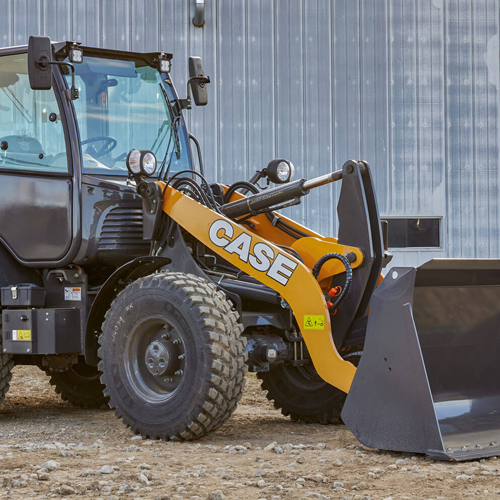HOW TO MINIMIZE ENGINE IDLING TO MAXIMIZE MACHINE EFFICIENCY
Effectively managing your equipment fuel costs is essential in the construction, demolition, and road building industries, where they constitute a significant portion of your operational expenses. Avoiding excessive engine idling is key, because it can drive up those already expensive costs. For instance, according to one equipment manufacturer’s data, an average 36 ton excavator running 1,000 hours per year wastes approximately 400 gallons of fuel through idling alone. To combat this resource drain, we’ve compiled some essential tips for minimizing idle times, optimizing machine efficiency, and reducing unnecessary equipment wear.
THE COSTLY IMPACT OF ENGINE IDLING
Engine idling happens when equipment continues to run when not being actively used. This practice undermines profitability, reduces machine efficiency, and depletes valuable resources. Extended idle times can lead to:
- Fuel consumption without productive work
- Increased wear on engine components
- More frequent maintenance visits
- Accumulation of unproductive “ghost hours” that can decrease resale value
- The machine not reaching proper operating temperature, potentially causing emissions system problems that aren’t covered by manufacturer warranties
While the impact of “ghost hours” or excessive idle times may not be immediately visible, they steadily erode your asset value. Consider this example: two machines, A and B, both have 5,000 working hours, but machine A accumulated substantially more idle time. During resale, machine A displays 10,000 total hours compared to machine B’s 7,500 total hours. This 2,500 hour difference can reduce the sale price by up to $20,000, depending on equipment size and type – all because of too much idling.
Despite its substantial negative effect on business profitability, engine idling remains widespread at construction sites. However, several effective strategies can help minimize this practice.
EDUCATE YOUR OPERATORS
It’s essential that equipment operators fully understand how engine idling impacts your operation’s financial health and equipment longevity. Implement a straightforward policy: if the machine isn’t performing work for more than 10 seconds, it should be shut down. Some operations even implement an incentive or rewards program for operators who effectively and consistently reduce idle times, resulting in significant gains on their bottom line.
UTILIZE EQUIPMENT MONITORING SYSTEMS
You can’t improve what you don’t measure. Today’s machines typically include monitoring capabilities that track usage patterns and transform operational data into actionable insights. These systems enable you to track and analyze idle times. By identifying patterns of engine idling, you can take targeted steps to train operators or adjust site workflows, resulting in improved operational efficiency.
PLAN YOUR PROJECTS CAREFULLY
Effective project planning can dramatically reduce engine idling. Deploy the right number and types of machines to each location to eliminate bottleneck, redundancies, and job delays. Equipment matching is critical—for example, when loading articulated trucks, your excavator should complete the job in three to five bucket loads. If it takes more than five loads, you will likely have machines waiting around, idling, and wasting time and fuel.
SELECT MACHINES WITH AUTOMATIC START AND STOP TECHNOLOGY
Many modern pieces of equipment include idling reduction features that help increase machine efficiency. Whether labeled as auto idle, auto stop, auto start, or idle stop systems, these technologies can significantly reduce unnecessary engine idle times. When purchasing new equipment, prioritize models with these fuel saving features.
If you have any questions about minimizing engine idling or increasing machine efficiency in general, contact our team today!
